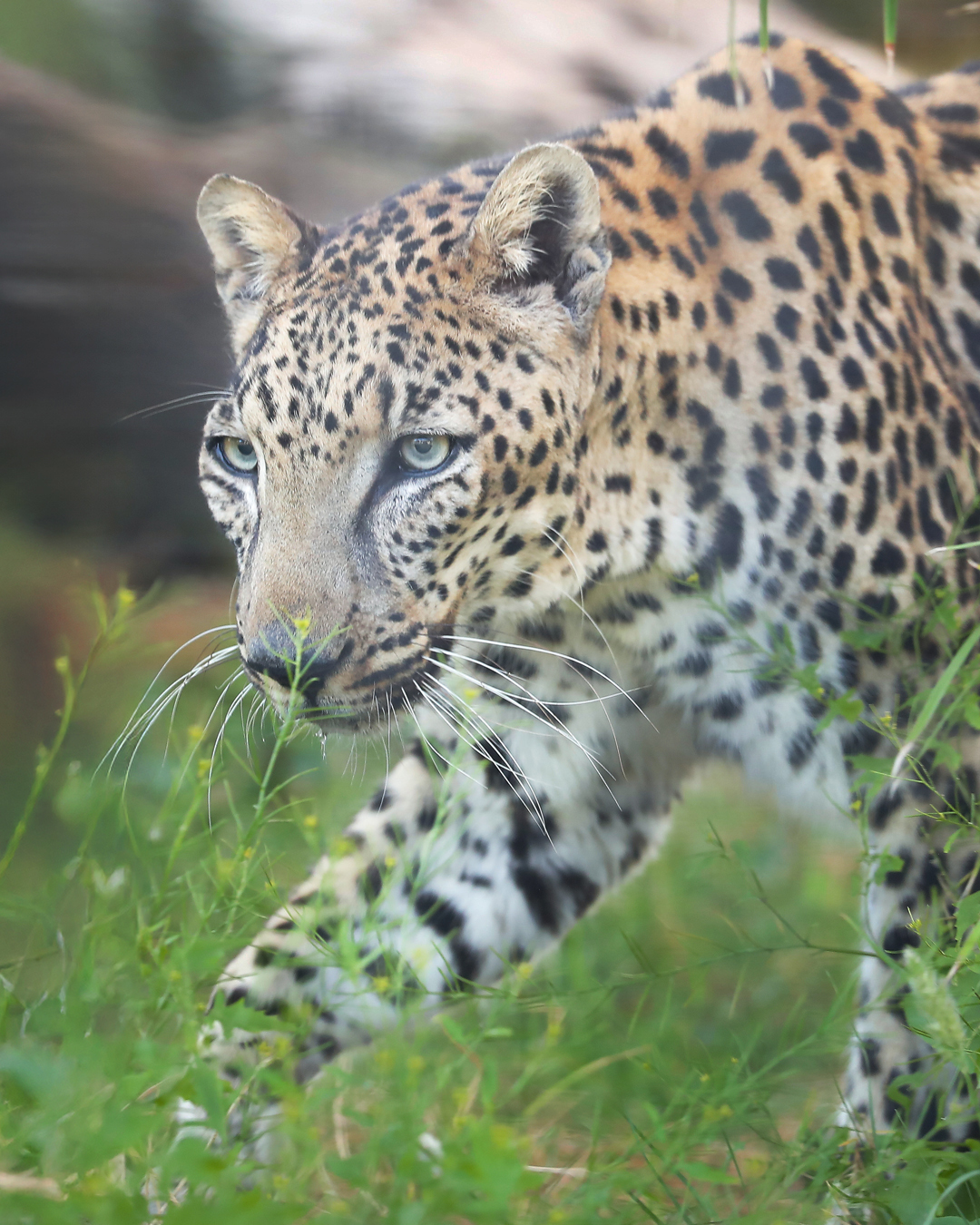- The significance and methodology of effective wildlife conservation strategies.
- The role of zoos in supporting conservation efforts and promoting biodiversity.
- Challenges and solutions in wildlife conservation and zoo management.
- The importance of public participation and education in conservation initiatives.
- Technological advancements enhancing the success of conservation efforts.
Wildlife conservation represents one of the most progressive endeavors in preserving the natural world, aiming to maintain the delicate balance of ecosystems. This effort involves a multifaceted approach that incorporates habitat management, reintroduction programs, and policies designed to mitigate human impacts. Around the globe, wildlife populations face escalating threats from habitat loss, climate change, and poaching. Implementing effective conservation strategies is crucial to address these challenges successfully. The collaborative work of scientists, governments, and local communities is essential in crafting policies that protect species and their habitats, ensuring biodiversity is sustained for future generations.
Zoos play a pivotal role in conservation by not only providing refuge for endangered species but also serving as vital genetic reservoirs. Through captive breeding programs, zoos contribute to the revival of species that are often on the brink of extinction in the wild. Beyond safeguarding genetic diversity, modern zoos engage in educational outreach, informing the public about biodiversity’s critical role and the immediate actions required to preserve it. The connection between visitors and wildlife at zoos fosters a deeper understanding and commitment to conservation practices.
Wildlife conservation and zoo management face a range of challenges, including financial constraints, habitat destruction, and the ethical considerations of maintaining animals in captivity. Innovative solutions such as integrated habitat corridors and community-based conservation initiatives address these hurdles, creating sustainable environments for both wildlife and humans. By promoting habitat connectivity, these projects improve the chances of species survival in fragmented landscapes. Furthermore, fostering collaboration between conservation organizations and local communities leads to shared goals and resources that enhance conservation outcomes.
Public engagement and education form the cornerstone of successful conservation efforts. By raising awareness and inspiring action, conservation education empowers individuals to contribute meaningfully to preserving wildlife and their habitats. Schools, outreach programs, and digital platforms play significant roles in spreading knowledge and promoting awareness of conservation issues. Encouraging citizen science initiatives allows individuals to actively participate in data collection and monitoring, directly contributing to scientific research and conservation efforts.
Advancements in technology continue to revolutionize the field of conservation, offering new tools for monitoring and protecting wildlife. Satellite tracking, genetic analysis, and remote sensing technologies provide researchers with unprecedented insights into animal behavior and ecosystem health. These technologies enable more accurate data collection, which informs effective management strategies. Additionally, the integration of artificial intelligence enhances the ability to analyze large data sets, predicting trends and identifying potential threats to wildlife populations. This technological evolution ensures that conservation efforts remain dynamic and adaptive to emerging challenges.
The intricate efforts in wildlife conservation and zoo management highlight the profound impact that human intervention can have on the preservation of biodiversity. By leveraging a combination of scientific research, public participation, and cutting-edge technology, we are afforded the opportunity to make informed decisions that shape the future of our natural world. These endeavors not only help protect the planet’s rich tapestry of life but also ensure that future generations are able to enjoy and learn from the diverse ecosystems that surround us. Through concerted efforts and a commitment to conservation, a more harmonious relationship between humans and the natural environment is achievable.
*****
Source Description
منظر يجسد أجمل إنجاز لـ 🌿💚
.
.
What conservation looks like🌿💚
.
.


